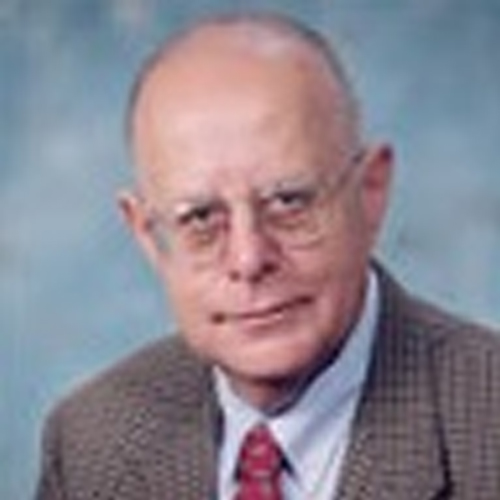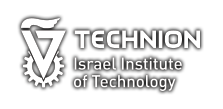
-
- B.Sc. 1956 (Technion)
- Dipl. Eng. 1960 (Technion)
- Ph.D. 1963 (University of Cambridge, England)
After graduating from Technion, Prof. Yahalom was employed with the Israel Atomic Energy Commission, where he headed the Corrosion Laboratory until 1960. He then proceeded to study at Cambridge University with Dr. T.P.Hoar. In 1963 he returned to Technion and was appointed Head of the Corrosion and Surface Treatment Laboratory in the Institute of Metals. In 1966 he joined the Department of Materials Science & Engineering. In the summers of 1968 and 1969 Prof. Yahalom visited Ecole Normale Superieure in Paris and collaborated in research with Dr. G.Amsel’s Solid State Physics Laboratory . In 1970-71 he was a visiting professor at George Washington University and a guest scientist at the National Bureau of Standards. In 1971-72 and 1980-82 he was a consultant at AT&T Bell Laboratories and in the summer of 1984 at Brookhaven National Laboratory. In 1985-86 Prof. Yahalom spent his sabbatical leave as a research associate at the National Bureau of Standards and in 1995 and 2001/2 he was a visiting scholar at the University of California at Berkeley. Prof. Yahalom has also acted as a consultant to the US Naval Research Laboratory in Washington, D.C. and to American Cyanide Corp and Applied Materials Inc. He is a chairman of the Israel Corrosion Forum, NACE-Israel, and a member of the International Corrosion Council, a member of the National Association of Corrosion Engineers (Chairman of the Israeli Section) and the American Electrochemical Society. Professor Emeritus since 2001.
Electro-deposition and electroforming of alloys is a technique which is capable of producing materials which possess unique properties. A recent achievement in our laboratory has been the development of a method for producing composition-modulated alloys by electro-deposition. These alloys show unique mechanical and magnetic properties and have so far been produced only by vapor deposition. This method enables the use of such alloys for engineering parts. Such structures are being developed for sensors based on The Giant-Magneto-Resistance (GMR) effect. Other developments are in the area of uniform alloy deposition, such as chromium-cobalt alloys by pulsing techniques. In addition, we have been working on a technique for high-speed deposition of hydrogen-free palladium, a method which can be used to replace gold in electronic applications. Deposition of other metals without hydrogen evolution is also possible. Current projects include the study of anodic oxide films on aluminum and anodizing of magnesium in collaboration with Dead Sea Works Ltd. Deuterium in zirconium alloys and its removal is another project sponsored by Ontario Hydro in Canada.
The nature of passive films on metals and their breakdown have been controversial subjects for many years. We have developed techniques for studying the passive films by transmission-electron-microscopy and observed that the breakdown of passivity which leads to pitting corrosion is associated with a mechanical fracture of the passive film. We have subsequently examined the effect of surface energy on the stability of passive films and its effect on pitting corrosion. In a different area – a new kind of masks for X-ray and e-beam lithography has been recently developed in collaboration with the Naval Research Laboratory.
A method based on new principles has been developed in collaboration with Dr. D. Starosvetsky on electrochemical etching of silicon for micromachining purposes using benign electrolytes.


